We do not perform or refer for abortions.
Some women, when faced with an unplanned pregnancy feel like abortion is the only option. Because abortion is a permanent decision, sometimes with long lasting effects, it is a good idea to get as much information as you can about all your options to make an empowered decision.
It is important for anyone seeking an abortion to have an ultrasound before making a decision:
To date the pregnancy - this determines the abortion procedure
To determine if baby has a heartbeat - a significant number of early pregnancies end on their own in miscarriage
To make sure baby is in the uterus - ectopic pregnancy requires immediate medical attention
We provide ultrasounds at no cost to you.
The Abortion pill
Can be used up to ten weeks from last menstrual period.
Also known as RU486, this drug is approved by the FDA for use in women up to the 70th day after their last menstrual period. The procedure usually requires two office visits. On the first visit, the woman is given pills to cause the death of the embryo. One to two days later, she takes a second drug which causes cramps to expel the embryo. The last visit is to determine if the procedure has been completed. RU486 will not work in the case of an ectopic pregnancy. This a potentially life-threatening condition in which the embryo lodges outside of the uterus, usually in the fallopian tube. If not diagnosed early, the tube may burst, causing internal bleeding and in some cases, the death of the woman.
1st Trimester Abortion
The most commonly used surgical abortion procedure in the 1st Trimester is Suction/ Aspiration.
Suction Curettage – Used up to 14 weeks LMP
This is the most common surgical abortion procedure. Because the fetus is larger, the doctor must first stretch open the cervix through the use of vaginal medications, laminaria, and/or metal dilating rods. Opening the cervix may be painful, so local anesthesia is typically needed. After the cervix is stretched open, the doctor inserts a hard plastic tube into the uterus, then connects this tube to a suction machine. The suction pulls the fetus’ body apart and out of the uterus. The doctor may also use a loop-shaped knife called a curette to scrape the fetus and fetal parts out of the uterus.
2nd trimester abortion
Dilation and Evacuation (D&E) – Used at 15 weeks and up LMP
In the second trimester, the fetus is too large to be broken up and removed by suction alone. In this procedure, the cervix must be opened wider than in a 1st trimester abortion. This is done by inserting numerous thin rods made of seaweed (called laminaria) a day or two before the abortion and/or giving other oral or vaginal medications to soften the cervix. The cervix may be opened further using metal dilating rods. Once the cervix is stretched open, the doctor pulls out the fetal parts with forceps. A sharp tool (called a curette) is also used to scrape out the contents of the uterus, removing any remaining tissue.
The Morning After Pill
Plan B One-Step (Morning-After Pill) is marketed as emergency contraceptive that can be taken within the first 72 hours after intercourse to prevent pregnancy. The Morning-After Pill is a single pill containing a high dosage of a progesterone hormone, and when used as directed, it prevents or ends pregnancy. It works primarily by preventing the egg and sperm from meeting. It may also prevent a newly formed life from implanting in the uterus and continuing to develop. This ends the life; however, it won’t disrupt an implanted pregnancy.
Possible side effects include nausea, vomiting, dizziness, fatigue, headache and irregular periods. Cramping and abdominal pain may also result from the use of Plan B. Women experiencing severe abdominal pain after taking the drug may have a ectopic (tubal) pregnancy, and should seek immediate medical help.
It wouldn’t be like I was getting an abortioN, right?
That’s a possibility. Sperm can reach the fallopian tubes just minutes after intercourse. If an egg has already been released, conception could occur. If the Morning-After Pill is taken after the egg is fertilized, the human embryo may not be able to implant due to the effects of the hormones, which alter the lining of the uterine wall. If that’s the case, the Morning-After Pill would cause a very early abortion.
Note: The information presented on this website is intended for general education purposes only and should not be relied upon as a substitute for professional and/or medical advice
(2020). Before You Decide (3rd ed.). Care Net. B4YOUDECIDE.ORG

